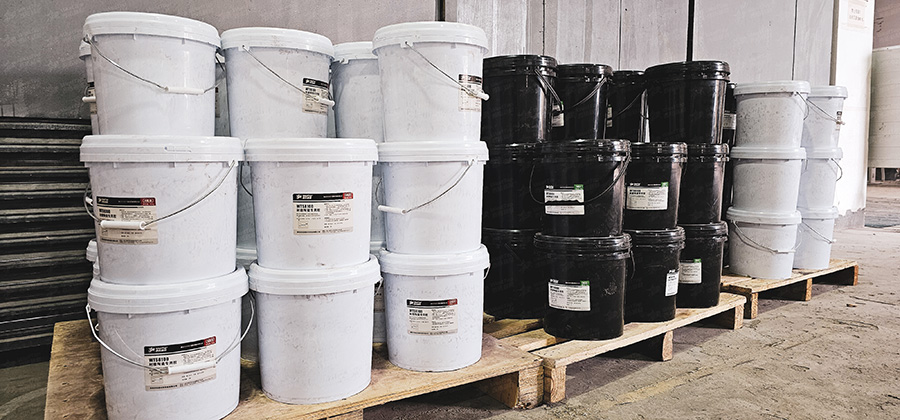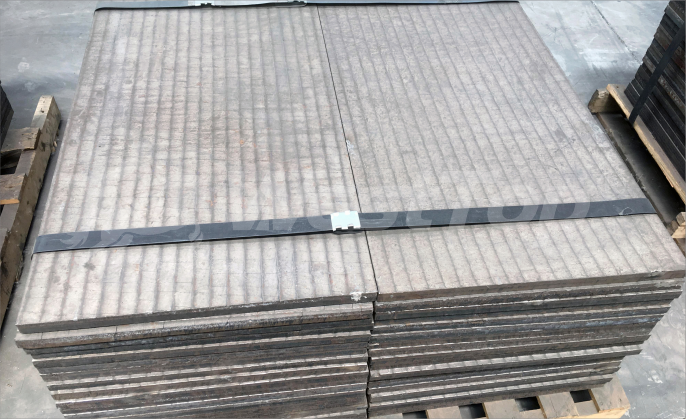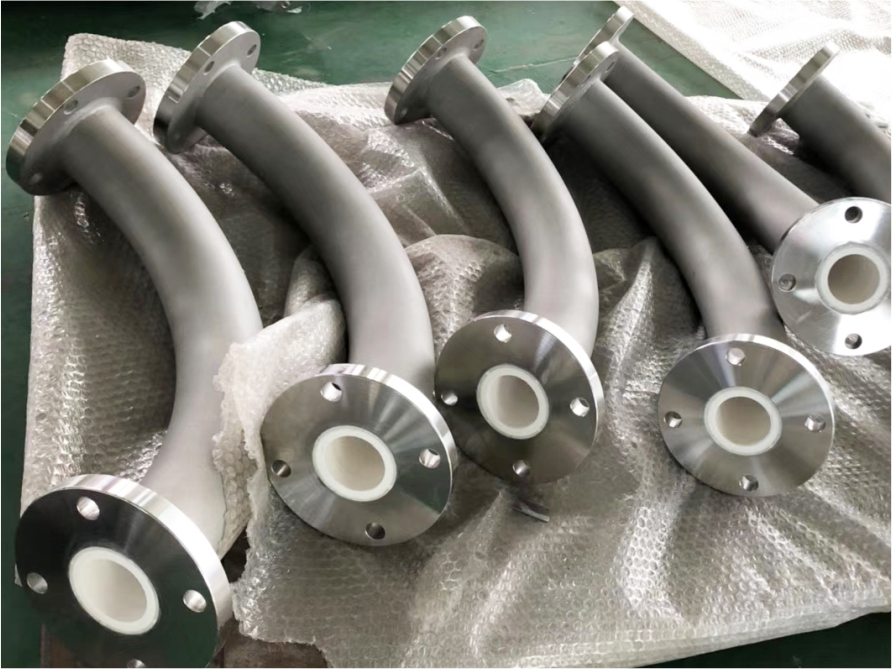WTV series adhesive is a composite adhesive developed by combining the advantages of inorganic adhesive and organic adhesive. Its main principle is based on consolidating its tensile strength and tensile shear strength, abandoning traditional toughening modified materials, and selecting materials that can participate in the curing reaction, have good compatibility, and contain new activated toughness factors through a series of tests on tissue variables. The toughening agent makes the molecular structure of the adhesive not only contain genes with significant toughening effect and good aging resistance, but also contains many flexible segments to alleviate the brittleness and hardness. It not only improves the impact toughness of the adhesive and the internal stress level during curing, but also maintains its heat resistance and modulus unchanged. What is commendable about this kind of adhesive is that it has improved the microfiber structure of the adhesive in response to the sudden heating and cooling of the equipment, so that its thermal expansion coefficient is between that of steel and ceramics (9×10-6m/m.K), which is unique Some flexible fibers can well adjust the extrusion of ceramics caused by the inconsistent thermal expansion of ceramics and steel, ensuring to a greater extent that the ceramics will not fall off during long-term operation in various harsh environments
WTVH series viscose is mainly composed of inorganic salts, inorganic acids, inorganic bases, metal oxides, hydroxides, etc. Toughening agents and special bonding promoters are added for blending, copolymerization, and grafting to improve its bonding strength; reinforcing fillers are added to increase the crosslinking density to improve the thermal stability of the viscose. The curing process and physical and chemical changes after heating are: chemical bonding adhesion occurs at medium and low temperatures, causing the adhesive to react with the bonded interface, and the bonding material solidifies into a whole through interpenetration between molecules; at high temperatures, the bonding material solidifies into a whole. The crystal lattice is transformed into a ceramic that is sintered to produce high-temperature strength. This adhesive is used for inlaid and filled bonding of ceramics and metal substrates under high temperature working conditions.
Performance Characteristics
-
High strength
-
Good toughness
-
Anti-aging
-
High temperature resistance
-
Corrosion resistance
-
Good flame retardant performance
-
Good thermal shock resistance

Common Models
| project | density(g/cm3) | Tension strength(MPa) | Ceramic steel shear strength(MPa) | Coefficient of thermal expansion(m/m·k) | Operating temperature(℃) |
|---|---|---|---|---|---|
| WTV-200 | 2.4 | 30 |
5 |
9 |
200 |
| WTV-300 | 2.4 | 12 |
5 |
9 |
300 |
| WTV-500 | 2.4 |
10 |
3 |
8.5 |
500 |
| WTVH-800 | 2.6 |
7 |
2 |
7 |
800 |
| WTVH-1200 | 2.85 |
5 |
2 |
7 |
1200 |
Recommend reading
Comments


Leave a Reply